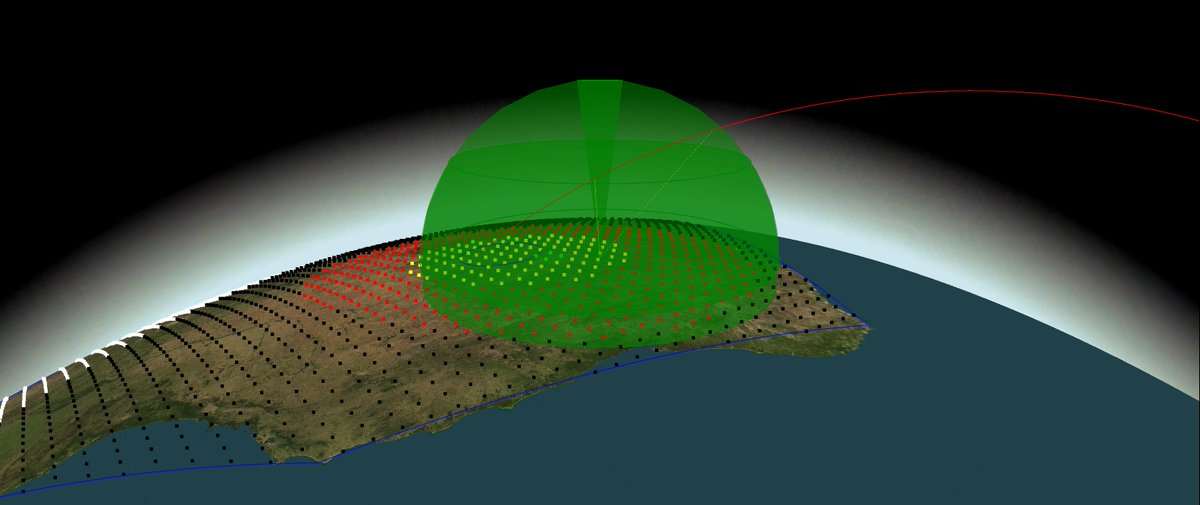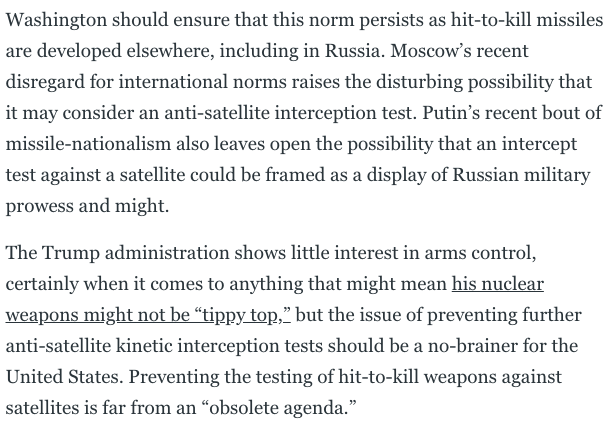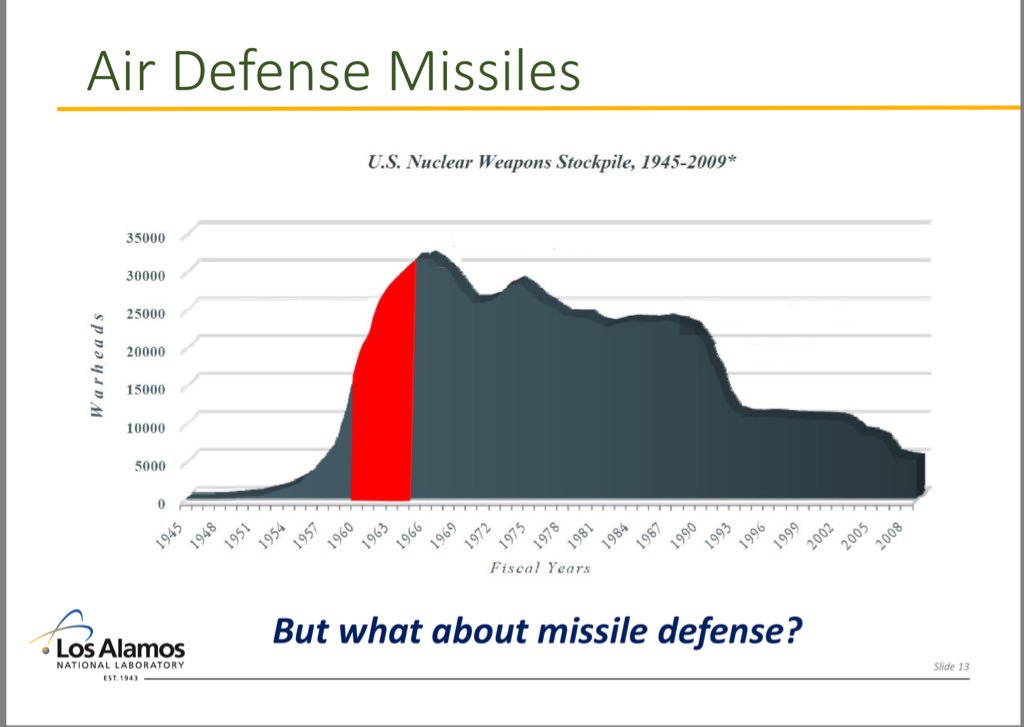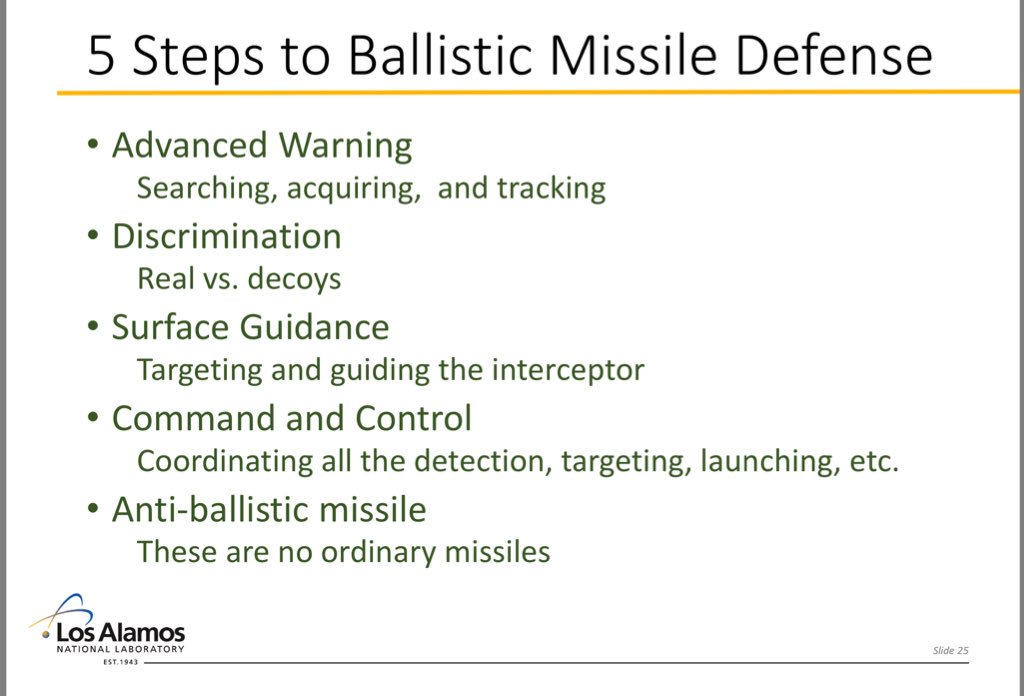Often, I see and hear people talk about LOR and EOR, but struggling to really understand the underlying concepts and requirements to the various elements.
LOR and EOR are needed, when there is a mismatch between the effective range of an interceptor and the organic sensor, i.e. the organic sensor has to short detection range.
If the organic sensor's detection range is sufficient, LOR and EOR are not needed.
LOR and EOR are needed when the missile range and organic sensor range are not well matched. In those cases, LOR and/or EOR and allow maximum leverage of an interceptor's full range and provide the maximum defended area instead of modifying the organic sensor.
But as @tomkarako, @ketodorov and @RLHeinrichs et al frequently argue, the remote sensor can just as well be space based, which will not be limited by earth's curvature etc.
I hope it was interesting...
Thanks for reading, if you stayed until the end 🙏



















































